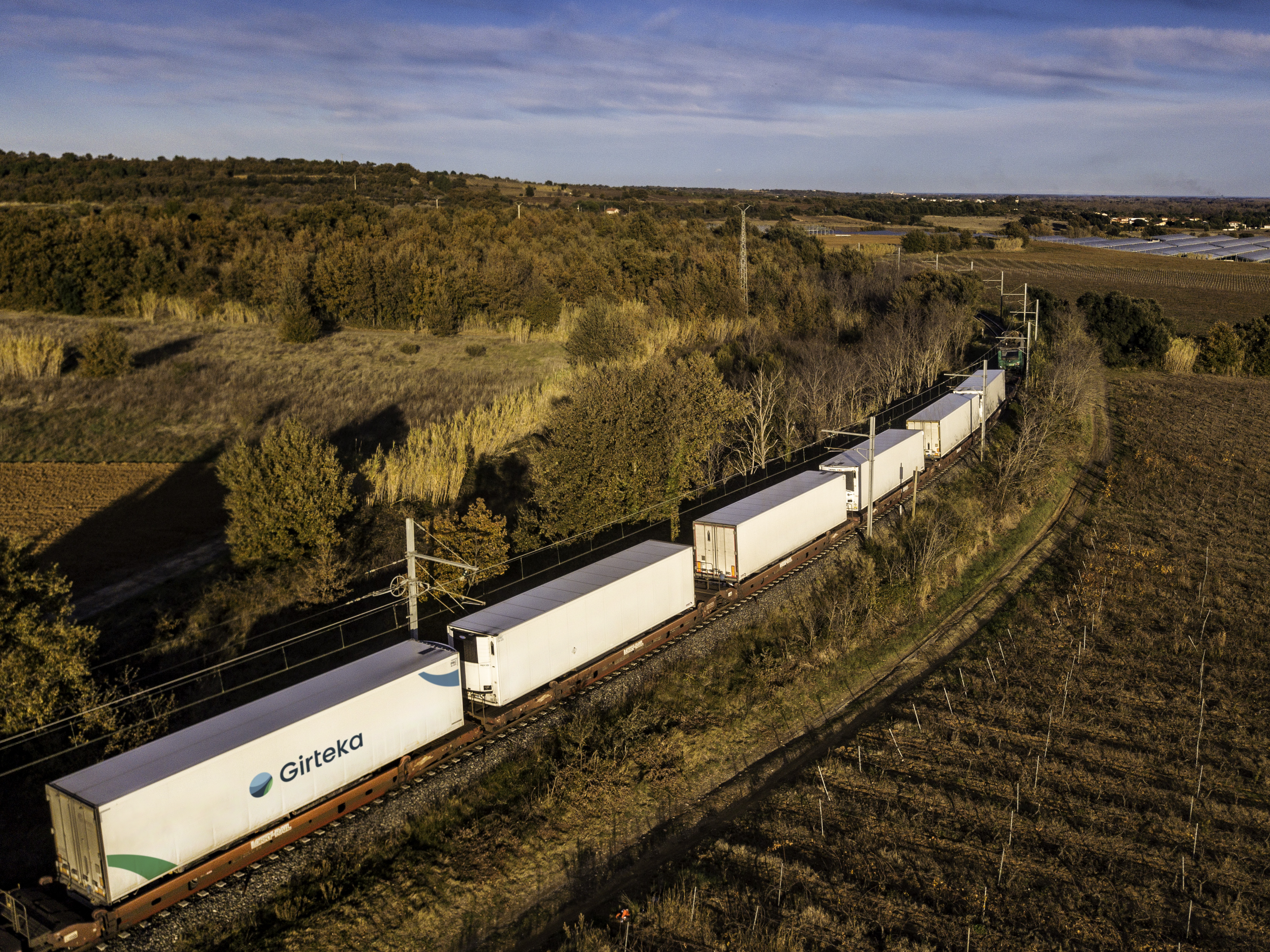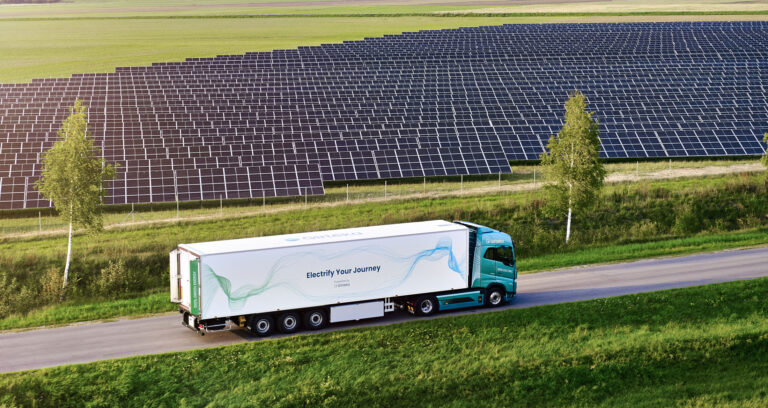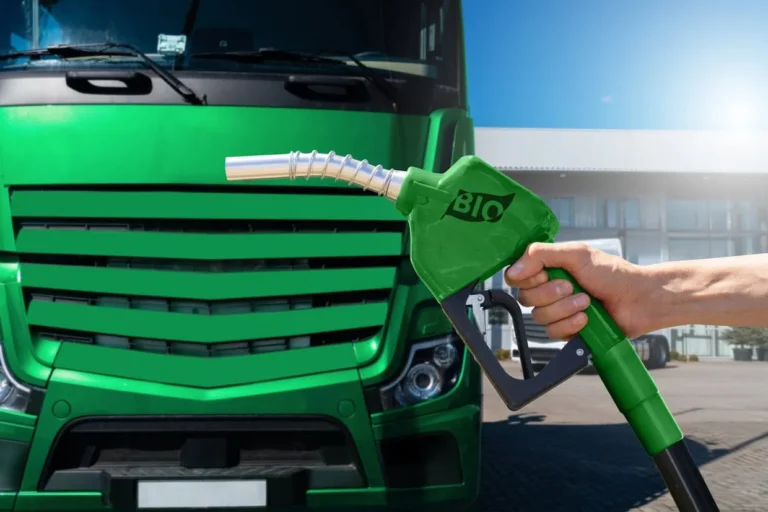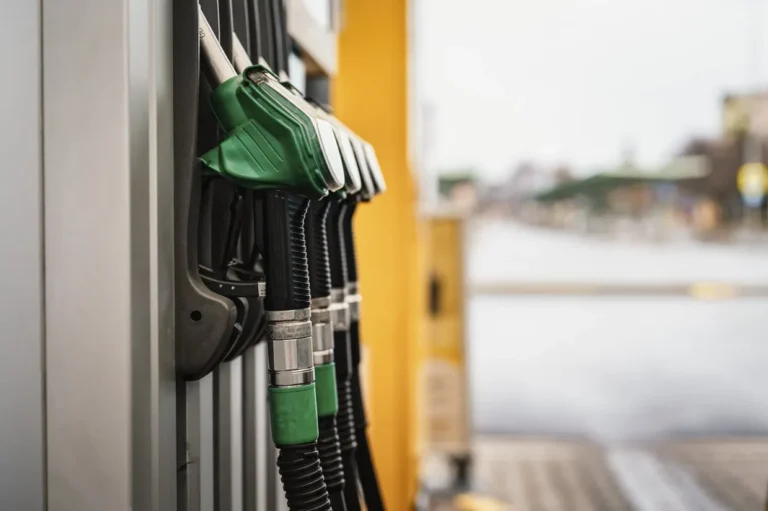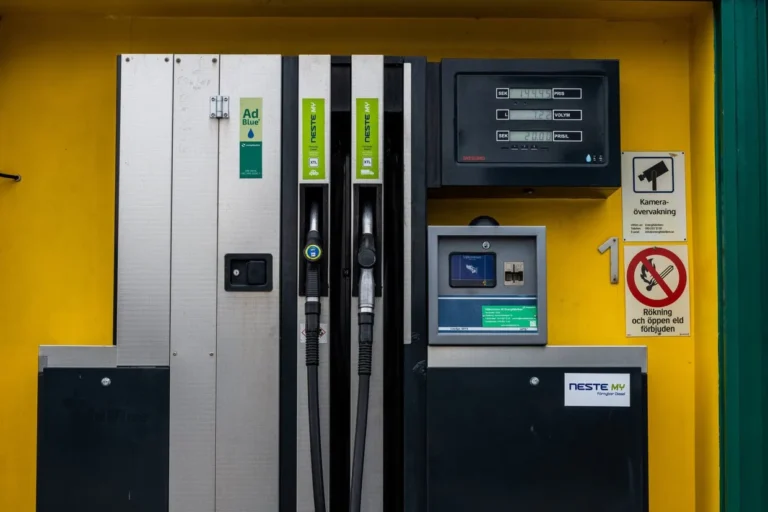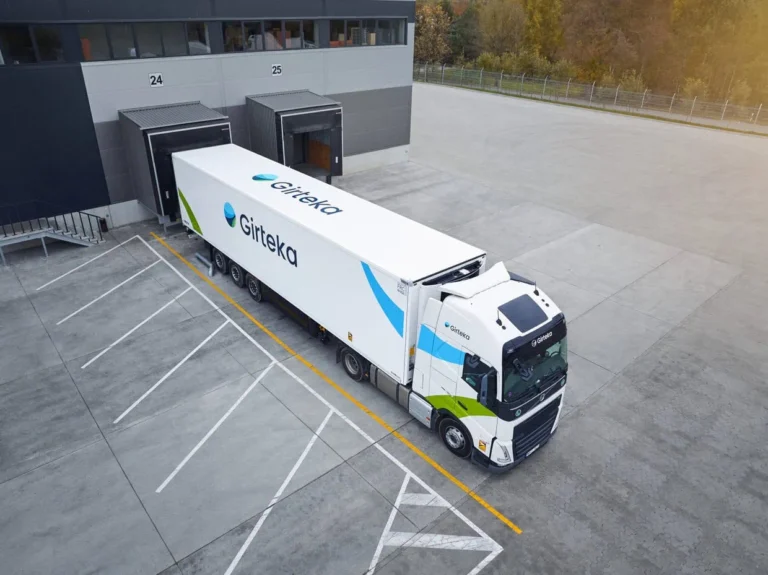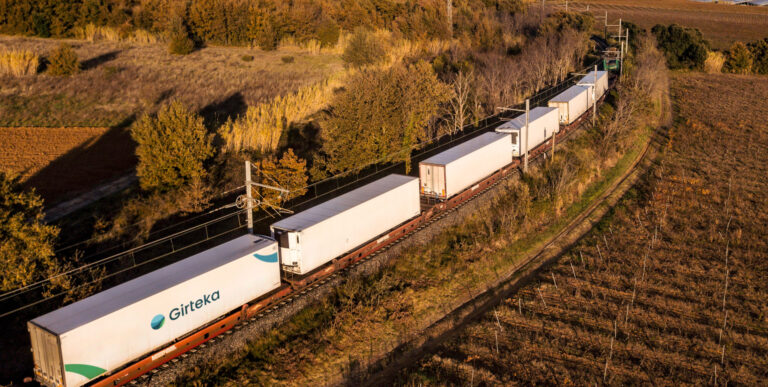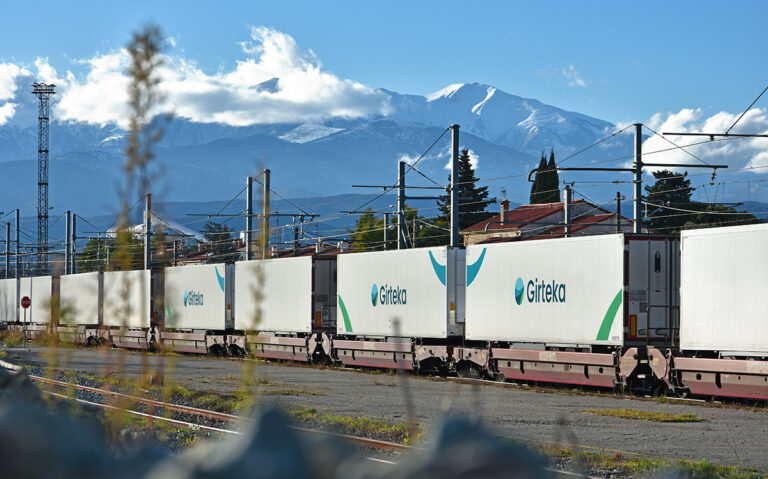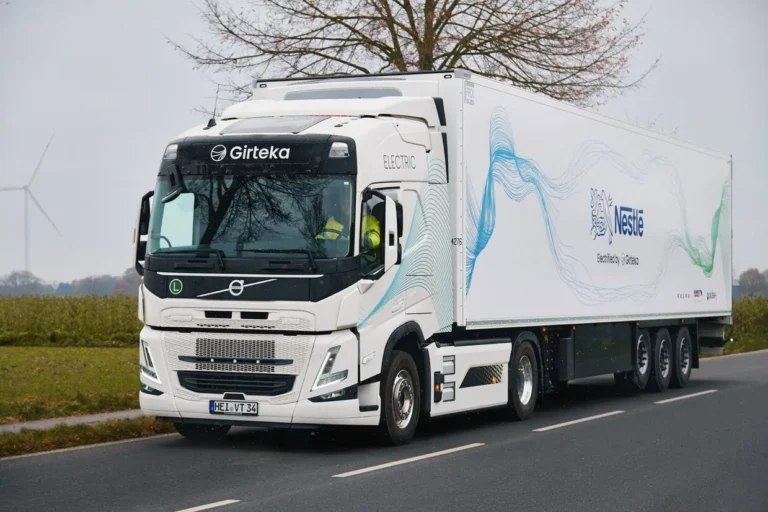Freight transport is a crucial component of the global economy, yet it remains one of the significant contributors to greenhouse gas (GHG) emissions. To address this, the European Union (EU) has introduced the Greener Freight Transport Package, an ambitious set of regulations and initiatives aimed at making freight transport more sustainable. This package is a part of a broader effort to align transportation practices with the objectives of the European Green Deal, which targets a 90% reduction in transport emissions by 2050.
The European Green Deal is the EU’s roadmap for making its economy sustainable by turning climate and environmental challenges into opportunities across all policy areas. The Greener Freight Transport Package fits into this overarching strategy by addressing the specific needs and challenges of the freight transport sector.
The package encompasses a variety of measures designed to reduce the environmental impact of freight transport. These measures include optimizing rail infrastructure, providing incentives for low-emission vehicles (LEVs), and standardizing emissions calculation methodologies.
Each component of the package targets different aspects of the freight transport system, aiming to create a comprehensive framework for sustainable logistics.
The package consists of several legal acts and proposals that address most important and crucial areas of today‘s transport and define the direction, in which the EU would like to develop to reduce its carbon footprint.
Rail Infrastructure Optimization
Rail transport is considered one of the most environmentally friendly modes of freight transport. The Greener Freight Transport Package places significant emphasis on optimizing rail infrastructure to enhance its efficiency and capacity.
Improving Cross-Border Coordination
One of the critical challenges in European rail freight is the lack of coordination across borders. Different countries have different regulations, technical standards, and operational practices, which complicate cross-border rail operations. The package proposes measures to improve coordination:
- Harmonizing technical standards: establishing common technical standards across member states to ensure compatibility of rail systems.
- Streamlining operational practices: implementing uniform operational practices to reduce administrative barriers and improve efficiency.
- Digital integration: enhancing digital systems for better coordination and real-time tracking of rail freight.
- Creating international rail corridors: developing dedicated international rail corridors to facilitate smoother and more efficient cross-border rail operations. “The Regulation introduces strong consultation and coordination mechanisms for cross-border traffic and strengthens regulatory supervision, including by increasing cooperation at EU level between rail regulatory bodies (europa.eu).”
Efficient Use of Rail Capacity
Another focus area is the efficient use of existing rail capacity. This involves optimizing train schedules, improving the allocation of track capacity, and utilizing digital technologies to enhance operational efficiency. By making better use of the available infrastructure, the package aims to increase the volume of goods transported by rail without the need for significant new infrastructure investments.
The Greener Freight Transport Package outlines several specific measures to achieve this:
- Enhancing capacity management: implementing advanced digital tools to better manage and allocate existing track capacity. This includes real-time tracking and dynamic scheduling systems that can adapt to changing demands and conditions.
- Boosting traffic management: improving traffic management systems to ensure smoother and more efficient train movements across the network. This involves integrating national systems into a cohesive European framework to reduce bottlenecks and delays.
- Promoting longer trains: encouraging the use of longer trains to maximize the use of available track space. This measure can significantly increase the amount of freight transported without the need for new tracks.
- Infrastructure upgrades: while avoiding the need for entirely new infrastructure, targeted upgrades to existing tracks, stations, and terminals can enhance capacity. These upgrades might include adding passing loops, improving signalling systems, and upgrading electrification.
These measures collectively aim to make rail transport more competitive and efficient, supporting the broader goal of doubling rail freight traffic by 2050 (European Commission’s Q&A document), which is a key target of the Greener Freight Transport Package.
This ambitious goal reflects the EU’s commitment to shifting more freight from road to rail, which is less polluting and more energy efficient. However, achieving this target will require significant investments in infrastructure, technology, and regulatory reforms to make rail transport more competitive and attractive for shippers.
Additionally, the existing regulatory framework for combined transport needs a substantial revamp to facilitate this shift, including better enforcement, improved terminal infrastructure, and more transparent support programs.
Cross-border coordination is also crucial, as rail freight companies currently face challenges in booking consistent rail paths across national networks, necessitating planned international rail paths and streamlined timetables (European Commission’s regulatory document). Addressing these issues is essential to making rail freight a viable and efficient alternative to road transport.
Incentives for Low-Emission Lorries
While rail transport is a central focus, road freight remains an essential part of the logistics network. The Greener Freight Transport Package includes measures to reduce the environmental impact of road freight by promoting low-emission vehicles (LEVs).
The European Commission’s (EC) proposal revises the Weights and Dimensions Directive to accommodate the additional weight of zero-emission technologies, thereby incentivizing the adoption of electric and hydrogen-powered lorries.
This revision allows for increased payloads, making these cleaner vehicles more commercially viable. Additionally, the package encourages the use of aerodynamic cabins and energy-saving devices, which not only improve fuel efficiency but also enhance driver comfort and safety.
Moreover, the proposal includes provisions to facilitate the use of longer and heavier vehicles across borders, particularly for those member states already permitting European Modular Systems (EMS). This measure aims to reduce the number of trips required to transport the same amount of cargo, thus lowering overall emissions.
To support intermodal transport, the package also allows for extra weight and height for vehicles transporting standardized cargo units like containers, further enhancing efficiency and reducing environmental impact (European Commission’s news article)
Revisions to Weights and Dimensions Directive
One of the proposed measures is revising the Weights and Dimensions Directive to allow for larger and heavier vehicles that are more fuel-efficient. These changes aim to optimize the transport of goods by enabling the use of more efficient vehicle designs.
Currently, zero-emission trucks (ZETs) are allowed an additional weight of 2 tonnes for the heavier battery packs required for electric drivetrains, suitable for urban and regional deliveries.
The proposed revisions aim to further increase this allowance to ensure ZETs are effective for long-distance routes without sacrificing payload capacity. Specifically:
- Increase in total vehicle weight for long-distance ZETs, allowing these trucks to carry necessary battery or hydrogen storage systems while maintaining cargo capacity.
- Temporary increase in drive axle weight for zero-emission drivetrains from 11.5 tonnes to 12.5 tonnes to fully utilize the additional weight allowance.
- Extra length of up to 0.9 meters for zero-emission vehicles to accommodate larger battery packs or hydrogen tanks.
Encouragement for Zero-Emission Vehicle Adoption
The package also includes incentives for the adoption of zero-emission vehicles, such as electric and hydrogen-powered lorries. These incentives could take the form of subsidies, tax breaks, or other financial support to encourage companies to invest in cleaner technologies.
To promote the adoption of zero-emission vehicles (ZEVs), the European Green Deal introduces several specific measures:
- Subsidies and Grants: financial support for purchasing ZEVs and related infrastructure, such as charging stations and hydrogen refuelling points.
- Tax Incentives: reduced taxes or tax credits for companies investing in zero-emission fleets.
- Research and Development Funding: investments in the development of advanced zero-emission technologies to improve vehicle performance and reduce costs.
- Infrastructure Development: support for building the necessary infrastructure to support ZEVs, including charging networks and hydrogen fuelling stations.
These measures aim to make zero-emission vehicles more economically viable and attractive for logistics companies, aligning with the broader goals of the European Green Deal.
Use of Aerodynamic Cabins and Energy-Saving Devices
To further reduce emissions, the package promotes the use of aerodynamic cabins and other energy-saving devices. These technologies can significantly improve the fuel efficiency of trucks, reducing their carbon footprint and operational costs.
CountEmissionsEU Methodology
Accurate measurement of greenhouse gas (GHG) emissions is essential for tracking progress towards climate goals. The Greener Freight Transport Package introduces the CountEmissionsEU methodology to standardize the calculation of emissions across the freight transport sector.
This methodology is based on the recently adopted ISO/CEN standard, ensuring consistent and reliable data collection. It provides a common framework for companies to calculate and report their emissions, enabling better benchmarking and comparison across the industry.
Key features of the CountEmissionsEU methodology include:
- Door-to-Door Emissions Tracking: this allows for a comprehensive assessment of emissions from the point of origin to the final destination, covering all modes of transport involved in the shipment.
- Standardized Reporting: by aligning with the ISO/CEN standards, the methodology ensures that emissions data is consistent and comparable across different companies and transport modes.
- Transparency and Benchmarking: the standardized approach facilitates transparency in emissions reporting, allowing companies to benchmark their performance against industry standards and make informed decisions about their logistics operations.
Standardized Approach for Calculating GHG Emissions
The CountEmissionsEU methodology provides a standardized approach for calculating emissions, ensuring consistency and comparability across different modes of transport and companies. This standardization is crucial for accurately assessing the environmental impact of freight transport and identifying areas for improvement.
Combined Transport Regulation
The Greener Freight Transport Package also addresses combined transport, which involves using multiple modes of transport for a single shipment.
Key measures include:
- Updated Definitions and Eligibility Criteria: the package refines definitions and eligibility criteria for combined transport, making it easier for companies to qualify for support and incentives.
- Infrastructure Enhancements: terminal improvements are prioritized to enable more efficient transshipment operations. This includes better facilities for handling containers and seamless connections between road, rail, and waterways.
- Digital Tools for Efficiency: the introduction of digital platforms under the Electronic Freight Transport Information Regulation (eFTI) to calculate and prove eligibility for support, making the process more transparent and efficient.
- Exemptions from Driving Bans: trucks engaged in combined transport will be exempt from temporary driving bans, such as weekend bans, ensuring they can reach terminals in time for scheduled train, barge, or ship departures.
- Cost Reduction Targets: member states are set a target to reduce the average door-to-door cost of combined transport operations by at least 10% within seven years, encouraging policies that make combined transport more competitive.
These measures aim to make intermodal transport more efficient and competitive, leveraging the environmental benefits of rail and waterway transport for the main journey leg while maintaining the flexibility of road transport for initial and final legs.
Harmonizing Truck Regulations from an Intermodal Perspective
Differences in truck size and weight regulations across EU member states can create barriers to efficient intermodal transport.
Currently, discrepancies in regulations lead to various issues:
- Operational Delays: trucks face delays at borders due to differing national regulations on size and weight.
- Increased Costs: companies incur additional costs to comply with varying standards, reducing overall efficiency.
- Inefficiencies: different rules hinder the seamless integration of transport modes, undermining the benefits of intermodal transport.
The Greener Freight Transport Package proposes harmonizing these regulations to create a more consistent and predictable operating environment for transport companies. Harmonizing regulations is crucial for the success of intermodal solutions, which rely on the seamless integration of different modes of transport. Consistent regulations help reduce administrative burdens, lower costs, and improve the overall efficiency of logistics networks.
Without harmonization, discrepancies in regulations can lead to operational delays, increased costs, and inefficiencies, undermining the benefits of intermodal transport. Moreover, a unified regulatory framework can foster innovation and competition within the industry, encouraging the adoption of advanced technologies and practices that further enhance sustainability and performance.
However, achieving harmonization requires overcoming significant political and administrative challenges, as it involves aligning the diverse regulatory environments of multiple countries.
Enhanced Efficiency in Freight Transport
The measures included in the Greener Freight Transport Package are designed to enhance the efficiency of freight transport. This increased efficiency can lead to cost savings for transport companies and shippers, making European logistics more competitive.
Efficient transport systems can also reduce transit times and improve supply chain reliability. For example, the introduction of digital platforms for real-time tracking and scheduling can reduce delays and improve operational efficiency, potentially saving billions annually in operational costs.
Potential for Cost Savings and Increased Competitiveness
By reducing fuel consumption and improving operational efficiency, the package can help lower transport costs. These cost savings can enhance the competitiveness of European businesses in the global market.
Companies that can transport goods more efficiently and at lower costs are better positioned to compete internationally. The adoption of ZEVs, supported by subsidies and tax incentives, is expected to lower long-term operational costs despite the initial investment.
Streamlined Cross-Border Operations
The harmonization of regulations and improved coordination across borders will streamline cross-border operations, making it easier for companies to operate in multiple countries. This streamlined process can reduce administrative burdens and logistical complications, enhancing the overall efficiency of the freight transport network.
Increased Reliability and Punctuality in Rail Freight
The optimization of rail infrastructure is expected to increase the reliability and punctuality of rail freight services. These improvements can make rail transport a more attractive option for shippers, further supporting the shift from road to rail.
Enhanced reliability and punctuality are essential for building trust with shippers and ensuring that goods arrive on time and in good condition. The package aims to support a doubling of rail freight traffic by 2050, significantly contributing to the reduction of road congestion and improving overall transport efficiency.
Working Together Towards a Competitive Freight Transport
The Greener Freight Transport Package represents a significant step towards making European freight transport more sustainable. While the package has the potential to deliver substantial environmental, economic, and operational benefits, its success will depend on addressing various challenges and considerations.
The package must now undergo a rigorous legislative process before implementation. This involves a thorough review by the European Parliament and the Council of the European Union. Initially, the EC will draft the detailed regulations and conduct consultations with member states and industry stakeholders.
The proposals will then be submitted to the European Parliament and Council. Once approved, member states will need to transpose the regulations into national law. This process is expected to be phased over the next several years.
As the legislative process unfolds, it will be essential to engage with stakeholders and ensure that the proposed measures are both practical and effective. By encouraging dialogue and critical thinking, we can collectively shape a more sustainable future for freight transport.
Through continuous evaluation, support for innovation, and active public engagement, we can work towards a greener, more efficient, and competitive freight transport sector. The journey ahead is challenging, but with a collaborative and forward-thinking approach, we can make significant strides towards a sustainable future.
